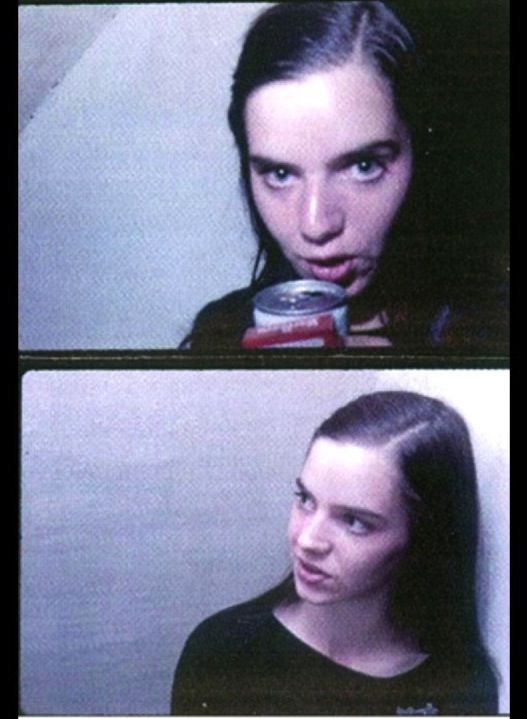#Suburban Lawns
Photo
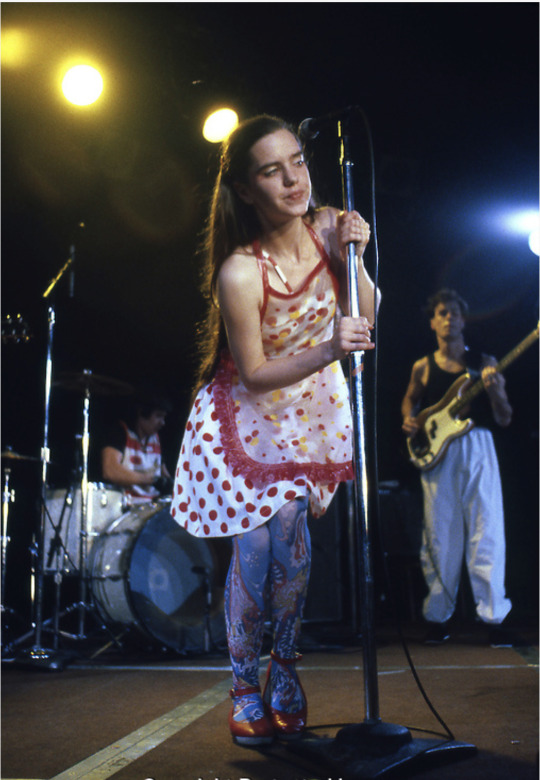
Su Tissue of Suburban Lawns
photo: Ann Summa
783 notes
·
View notes
Text
Suburband Lawns, Gidget Goes to Hell and My Boyfriend from the Gidget Goes to Hell 7" (1979).



#suburban lawns#gidget goes to hell#my boyfriend#su tissue#susan mclane#frankie ennui#richard witney#chuck roast#charles roderiguez#vex billingsgate#william ranson#john gleur#john mcburney#surf punk#new wave#vinyl records#7" singles#record collection#vinyl collection#vinyl rip#audio post#long beach
16 notes
·
View notes
Text

Su Tissue & Mark Mothersbaugh
97 notes
·
View notes
Video
youtube
(via Suburban Lawns | Janitor ( 1981))
64 notes
·
View notes
Text
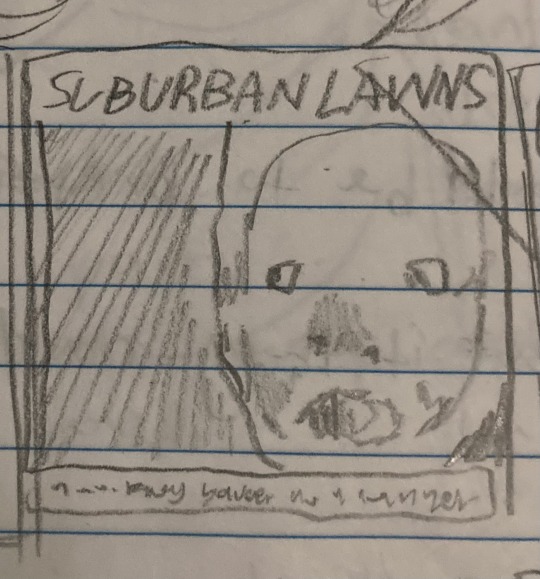



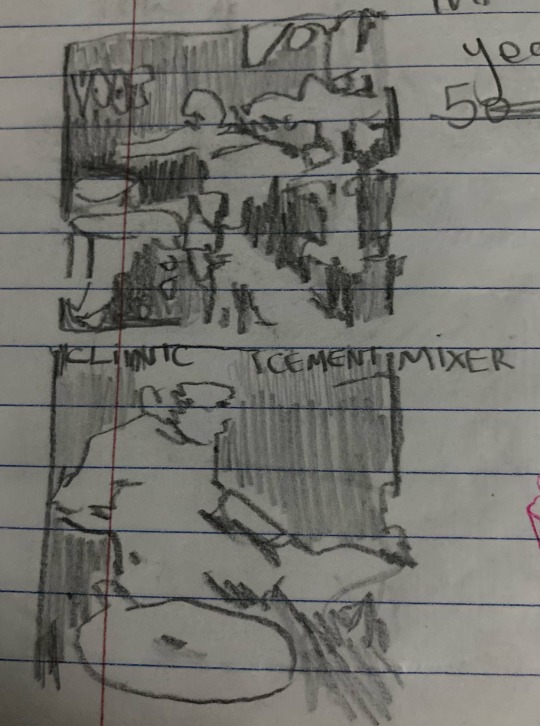
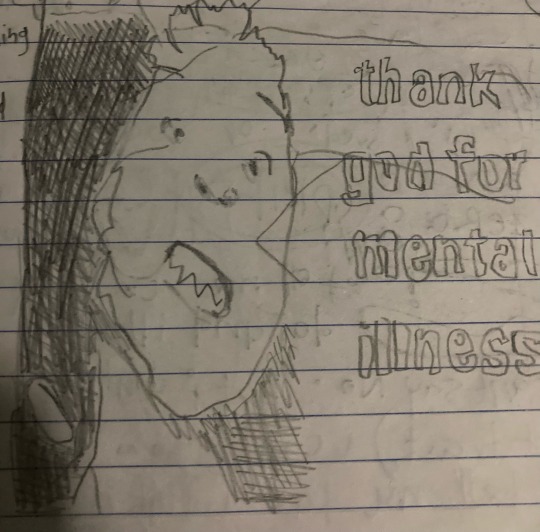

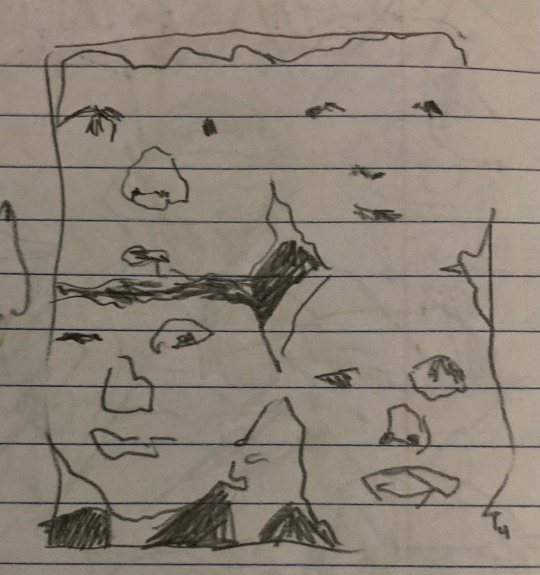

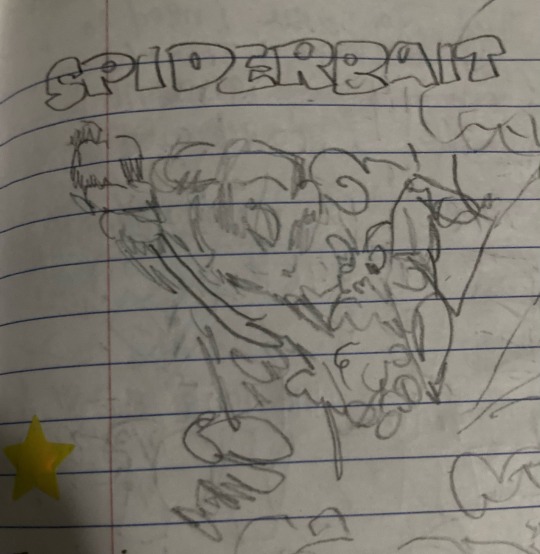
Love going through old entries to see what music i was listening to -some albums i drew in my journal at some point in time
#daniel johnston#spiderbait#talking heads#wilco#the brian jonestown massacre#bloodhound gang#clinic#suburban lawns#cky#dishwalla#album
71 notes
·
View notes
Text




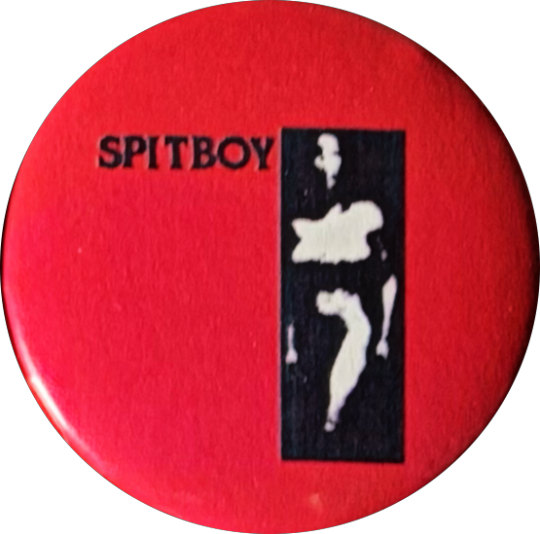

#gouge away#crywank#spitboy#exitorder#pins#pins and patches#buttons#diy#suburban lawns#burntsugar#deathwish#hardcore punk#Spotify
41 notes
·
View notes
Text
Lawn alternatives and their benefits and downsides!
We all know how lawns aren't the best for the environment and take up a lot of water, time, etc.
Having been created as a status symbol, and kinda remaining one to this day.
If you're looking to transform your lawn to a more environmentally friendly alternative, these are some options for you!
1, Grow wild/fill with native plants
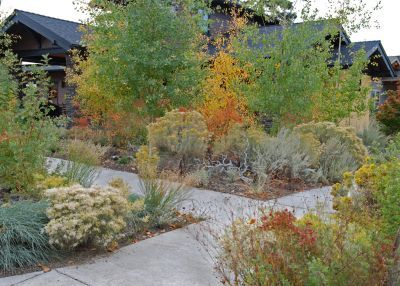
Benefits: Better for the air, helps spread native plants, creates a habitat for wildlife, low maintenance
Downsides: Not kid and pet friendly
2, Garden lawn
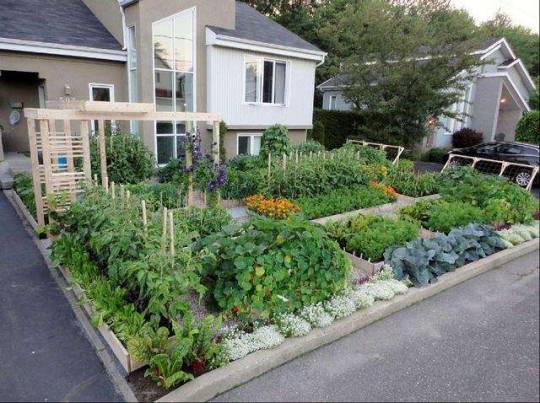
Benefits: Better for the air, can produce food
Downsides: High maintenance, not kid and pet friendly
3, Clover lawn
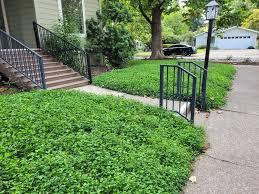
Benefits: Better for the air, kid and pet friendly, low maintenance
Downsides: Still a monoculture, difficult to start
4, Moss lawn

Benefits: Better for the air, filters chemicals, low maintenance, kid and pet friendly
Downsides: Still a monoculture, difficult to start
5, Normal lawn, but with some trees, other plants, or garden beds

Benefits: Kid and pet friendly, slightly better for the air, can produce some food (depending on what you plant)
Downsides: Not the most efficient use of space, keeps up the grass lawn culture
Let me know if you've heard of other lawn alternatives so I can add them!
#anti lawn#lawn substitute#biodiversity#native plants#lawns#conservation#earth day#environment#earth#suburban lawns#fuck lawns#food not lawns#lawn replacement
39 notes
·
View notes
Text
Lawns and Variation
Lawns most often consist of grasses and clover kept short by mowing. For decades in the United States of America, they were an important aspect of conformity. To this day, lawn maintenance is a key focus of many Homeowner Associations (HOAs). Through media and HOA policies, lawns grown out of control are associated with neglected land and poverty.
A short, well-kept lawn can be very aesthetically pleasing. It also reduces concerns about ticks and other pests. Maintaining one through regular mowing can provide homeowners a reason to spend time outside, and be part of important routines that help people keep their lives on track. Additionally, a short lawn is ideal for outside activities for pets, children, and adults. Of course, not maintaining one’s lawn can also lead to fines if part of an HOA.
The negatives of monoculture lawns, however, far outweigh the potential benefits.
The Negatives
Reducing biodiversity is the best-known way in which typical lawns cause damage. Persistent mowing keeps many species of plants from succeeding. Low biodiversity directly contributes to low ecosystem resilience1. For example, when a pest or fungus comes along that wipes out one type of plant, an entire field or dozens of fields will be wiped out because they are all the same plant. That leaves the land susceptible to erosion, flooding, and desertification (i.e arid land).
Low biodiversity means worse conditions for other forms of life, as well. Regular mowing to keep the grass short and uniform also keeps different floral plants from growing, thus reducing resources for pollinators1.
Persistent mowing also acts as an unnecessary addition to greenhouse gas production. Gas-powered lawn equipment contributes significantly to CO2, NOx, and volatile organic compound (VOC) emissions3. The amount of carbon equivalent pollution from lawn mowing and fertilizer use more than negates the benefit of carbon sequestration (CO2 kept out of the atmosphere) in grass yards2.
For many, yard maintenance also involves fertilizer and pesticide use. Fertilizer use contaminates waterways, primarily through rainfall, and causes algal blooms and decreased oxygenation in waterways. Pesticides can also pollute waterways. In fact, a majority of applied pesticides end up in soil, water, and air, and end up entering the food chain where they negatively affect a wide range of animals, including humans5. Pesticide contamination in humans has been linked to conditions like cancers, neurological issues, obesity, and neurological issues, to name a few5.
Lastly, lawns can need excessive amounts of water. On average, about 9 billion gallons of water goes to watering lawns in the U.S.A. every day6. This is made worse by poor watering practices, causing much of that water to be lost to evaporation and runoff. Water is considered a renewable resource, but that is contingent on proper maintenance and management.
Grass lawns around the world consume an abundance of resources and toxic materials to maintain. Maintaining a grass lawn is ecologically harmful because of pesticides, fertilizers, petroleum pollution, low biodiversity, erosion, and water use.
Cultivating native flora instead nullifies the need for these measures. Native plants are physiologically adapted to the local climate and conditions, and thus need less, if any, watering7. They are less likely to need pesticides or fertilizers, and their deeper root systems decrease soil erosion8. The reduced use of lawn equipment vastly improves air quality, and provides a much more interesting view than a monoculture yard8.
Clover
Transitioning a lawn from short, uniform grasses into a more biodiverse, environmentally healthy yard can be very difficult, and potentially impossible for some people. It doesn’t have to be all or nothing, though. Fostering the growth of clovers instead of grasses, for example, can be a good step for your soil.
Clovers include about 300 species with native varieties in many parts of the world, including Europe, central Asia, North America, and Africa. Clovers generally need minimal maintenance and, if allowed to flower, provide valuable resources for native pollinators9. Clover is also esteemed for its nitrogen-fixing properties. Like many legumes, clover species pull nitrogen from the atmosphere and increase nitrogen availability in soil10.
Converting grass lawns into areas for various native flora has many benefits for the environment and the land-owner, who can enjoy beautiful flowers and bushes while improving air and water quality. While a clover lawn is not as beneficial in these aspects, they can still be an important way for people to start improving their lawn. Fortunately, many more websites now exist to guide land-owners in cultivating native plants. There is always something you can do to help.
Additional Resources
1. https://besjournals.onlinelibrary.wiley.com/doi/pdf/10.1111/1365-2664.13542
2. https://link.springer.com/article/10.1007/s00267-012-9967-6
3. https://www.epa.gov/sites/default/files/2015-09/documents/banks.pdf
4. https://www.ctahr.hawaii.edu/kaufmana/downloads/Kaufman%20Lawn.pdf
5. https://link.springer.com/article/10.1007/s40726-018-0092-x
6. https://19january2017snapshot.epa.gov/www3/watersense/pubs/outdoor.html
7.https://www.montvillenj.org/DocumentCenter/View/155/Choose-Plants-That-Are-Native-to-the-Area-That-Are-Drought-Resistant-PDF?bidId=#
8. https://archive.epa.gov/greenacres/web/html/index.html#
9. https://www.oneearth.org/the-various-advantages-of-clover/
10. https://onlinelibrary.wiley.com/doi/pdf/10.1002/its2.19
11. https://www.sciencedirect.com/science/article/pii/S1618866715000436
#monoculture#lawns#suburban lawns#grass#clover#flowers#flora#climate change#environment#resources#research#article#soil erosion#runoff#pesticides#fertilizer#planting#garden#biodiversity#ecological resistance
5 notes
·
View notes
Text

Loir-et-Cher, France, 2021
Romain Saccoccio
Last picture of this mini series, more or less following the « diagonal void », a low populated area in the center of France, and exploring remote rural, suburban, industrial places.
/
Dernière image de cette mini série, suivant plus ou moins le tracé de la « diagonale du vide », une zone peu peuplée au centre de la France, et explorant les zones reculées, rurales, périurbaines, industrielles.
#film#photographers on tumblr#kodak#analog#landscape#6x7#artists on tumblr#medium format#new topographics#landscape photography#contemporary photography#original content#original photographers#original photographic works#original photography on tumblr#vernacular architecture#suburban photography#suburban lawns#120 film
18 notes
·
View notes
Text
The Metro #704
This week on The Metro, Rev. Jeff Ivins brings you the following bands for your weekly time trip to the 1980s (including two new releases): Pretenders, Greg Kihn, China Crisis, Suburban Lawns, ABC, Great Buildings, Devo, Duran Duran (NEW), Peter Gabriel (NEW), Iggy Pop, Ultravox, Talking Heads, Gary Numan, Frank & Moon Zappa, Naked Eyes.
Stream The Metro #704.Download The Metro #704.
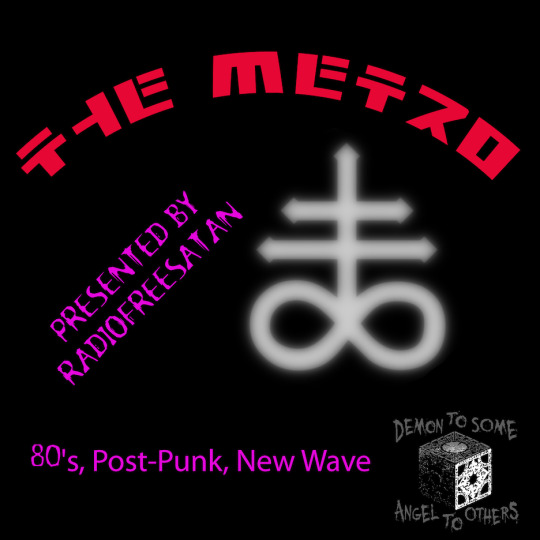
View On WordPress
#ABC#China Crisis#Devo#duran duran#Frank & Moon Zappa#Gary Numan#Great Buildings#Greg Kihn#iggy pop#Naked Eyes#Peter Gabriel#Pretenders#radio free satan#Reverend Jeff Ivins#Suburban Lawns#talking heads#the metro#Ultravox
2 notes
·
View notes
Audio
Suburban Lawns - Protection (1981)
23 notes
·
View notes
Video
youtube
(via Gidget Goes To Hell - Suburban Lawns (1979)
19 notes
·
View notes
Text

Monitor, Human Hands and Suburban Lawns at the Hong Kong Cafe in LA, 1979
10 notes
·
View notes
